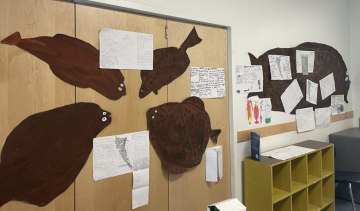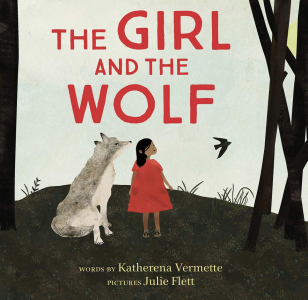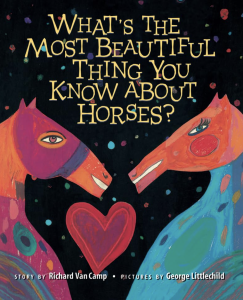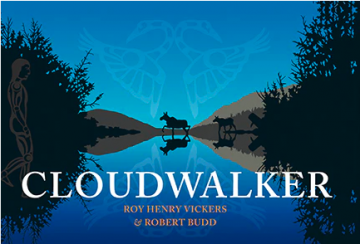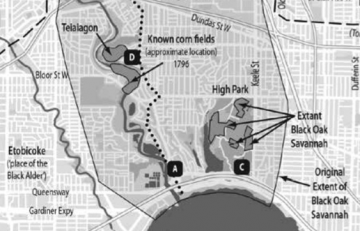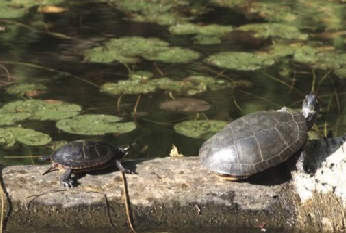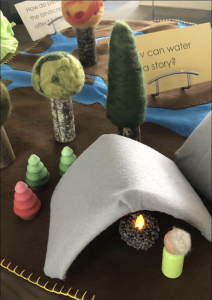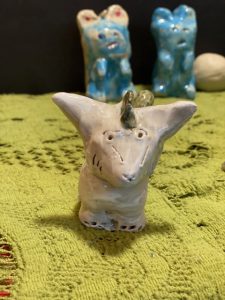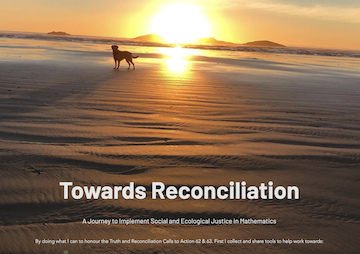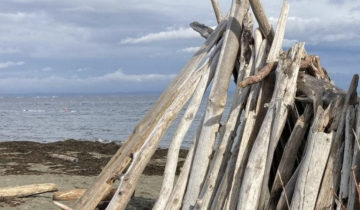Indigenous Stories for Classroom Use
This document provides a list of Indigenous stories that can be used in classrooms and will continue to be updated with new titles to support meaningful connections between Indigenous stories and mathematics.
Connecting Land, Place, and Community
Alli and Janice worked with two primary teachers and their classes to create learning experiences that encouraged students to think about mathematics through connections to land, place, and community.
Champagne Raccoons
Grounded in Indigenous Storywork, this task draws on the story of champagne-coloured raccoons from Saysutshun, an island provincial park in the territory of the Snuneymuxw First Nation near Nanaimo. The story invites students to wonder, make connections, and explore mathematical ideas.
Circle of Learning – Indigenous Book Club
Chelcy and Monica led a project focused on the 4 R’s of Indigenous Storywork and BC math competencies. Their Circle of Learning Book Club explored Richard Wagamese’s The Animal People Choose a Leader through Zoom sessions and an in-person dinner gathering.
Mentorship in Action
Sam’s Grade 6/7 class guided Kindergarten buddies, inspired by Jen Whiffin and Joy Fast’s Outdoor Math and Indigenous Storywork principles of Reciprocity and Respect.
Building a Community of Inquiry through Indigenous Storywork Principles
Annie Simard, Sandra Fox, along with other teachers integrated Indigenous stories into math instruction. Guided by Indigenous Storywork, they created engaging math experiences.
Place-Based Math Meets Indigenous Storywork
Jess Kyle’s project merged Indigenous Storywork and place-based math. By incorporating Sto:lo stories and territory story mats, students explored math through their surroundings, guided by their own curiosity.
Hello Humpback
This lesson blends Indigenous stories and math. By exploring “Hello Humpback” written by Roy Henry Vickers, students connect with Indigenous Storywork and First Peoples’ Principles of Learning while learning number concepts.
If Instead of a Person
This lesson blends Indigenous stories and math. By exploring “If Instead of a Person” written by Courtney Defriend students connect with Indigenous Storywork and First Peoples’ Principles of Learning while learning about number concepts and computational fluency.
Jingle Dancer
This lesson blends Indigenous stories and math. By exploring “Jingle Dancer” written by Cynthia Leitich Smith, students connect with Indigenous Storywork and First Peoples’ Principles of Learning while learning about number concepts and practicing computational fluency.
The Girl and the Wolf
This lesson blends Indigenous stories and math. By exploring “The Girl and the Wolf” written by Katherena Vermette, students connect with Indigenous Storywork and First Peoples’ Principles of Learning while learning about addition, subtraction and measurement concepts.
Peace Dancer
This lesson blends Indigenous stories and math. By exploring “Peace Dancer” by Roy Henry Vickers, students connect with Indigenous Storywork and First Peoples’ Principles of Learning while learning about properties of objects and shapes, equations and transformations.
What’s the most beautiful thing you know about horses?
This lesson blends Indigenous stories and math. By exploring “What’s the Most Beautiful Thing You Know about Horses” written by Richard Van Camp students connect with Indigenous Storywork and First Peoples’ Principles of Learning while learning about patterns, fractions, and measurement.
Cloudwalker
This lesson blends Indigenous stories and math. By exploring “Cloudwalker” by Richard Van Camp students connect with Indigenous Storywork and First Peoples’ Principles of Learning while learning about number concepts, and change in quantity.
Cloudwalker
This lesson blends Indigenous stories and math. By exploring “Cloudwalker” by Richard Van Camp students connect with Indigenous Storywork and First Peoples’ Principles of Learning while learning about patterns, and number concepts.
Math Can Have Meaning
In this activity students engage in a 3-Act-task surround Indigenous Storywork utilizing the Okanagan Legend “How Turtle Set the Animal Free”.
Exploring Elapsed Time Through Indigenous Story
Students explore elapsed time through Indigenous Storywork principles and the book “The First Salmon Run” by Rhonda Girard.
Opening the Basket Stó:lō Sitel Curriculum
This presentation showcases how three educators integrated Surrey Schools’ Opening the Basket Sto:lo Sitel curriculum into grades 1-4 math. Through hands-on activities like measuring fish and creating maps, students explored math concepts while learning about Indigenous culture. Indigenous Storywork guided the entire process.
Supernatural Wasco and Proportion
Leighann Rodger’s seven-session lessons blend Haida Supernatural Beings with math. Students explore fractions and proportions by creating models of the supernatural being Wasco.
Mathematics and Journeys Toward Reconciliation
This website was created by Sta’os’ta’on (Carol Bob) to share educational resources for K-12 educators to help implement the Truth and Reconciliations Calls to Action 62 and 63.
Outdoor Math – Noticing Water
Noticing Water is a project blending science, culture, and math through the lens of Indigenous Storywork. Using math as a tool, it aims to deepen students’ connection to local waterways by giving water a voice.





